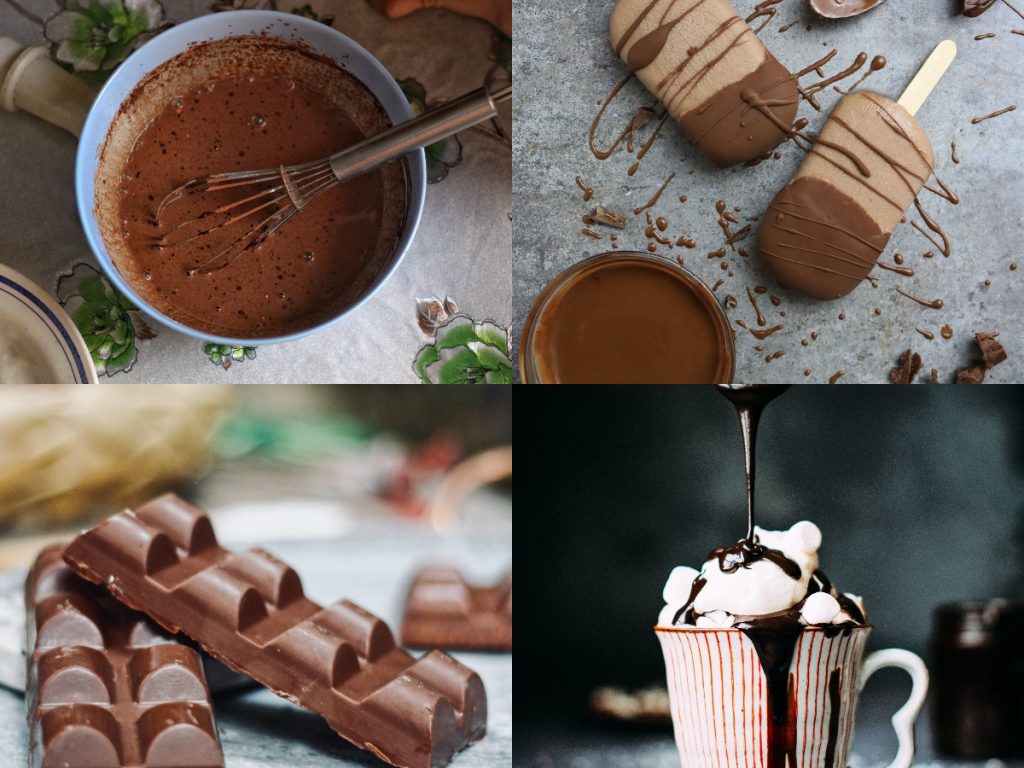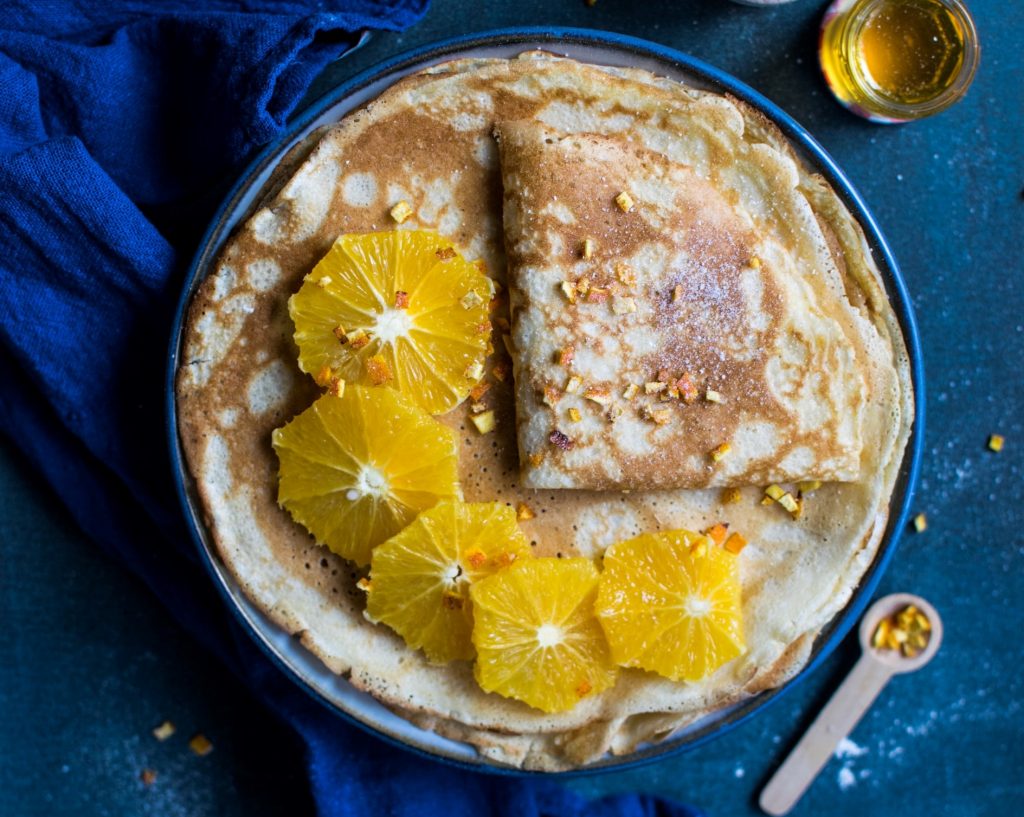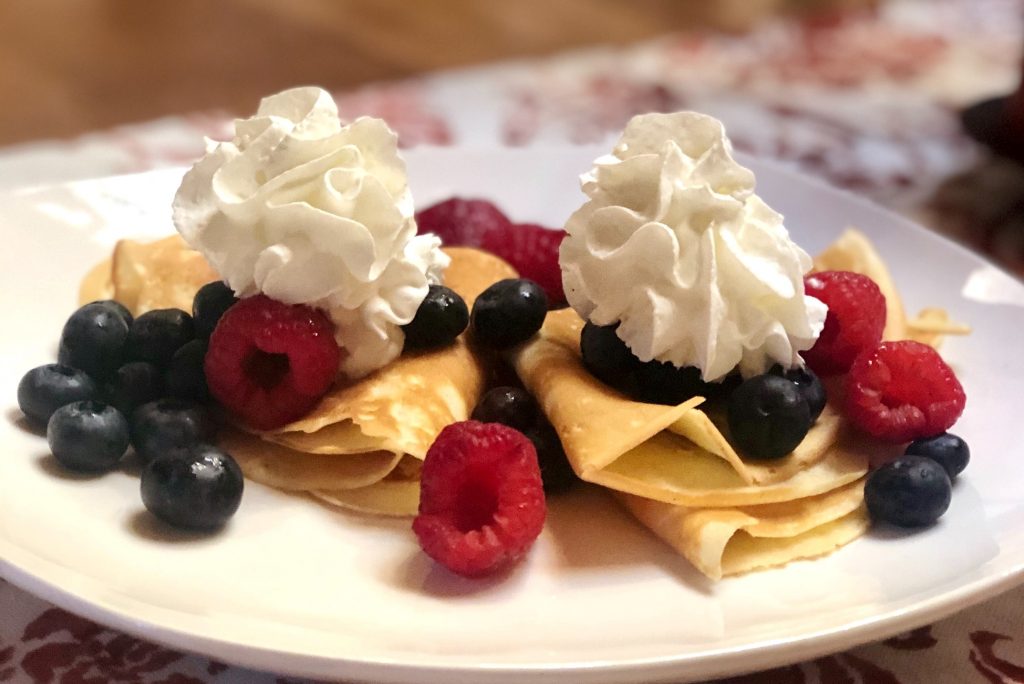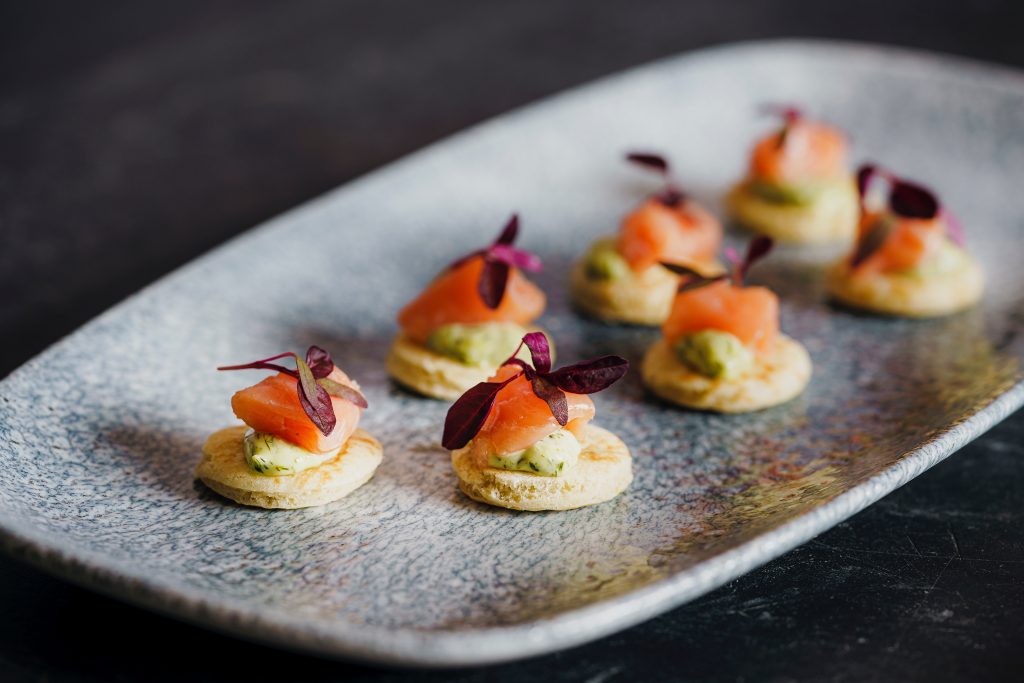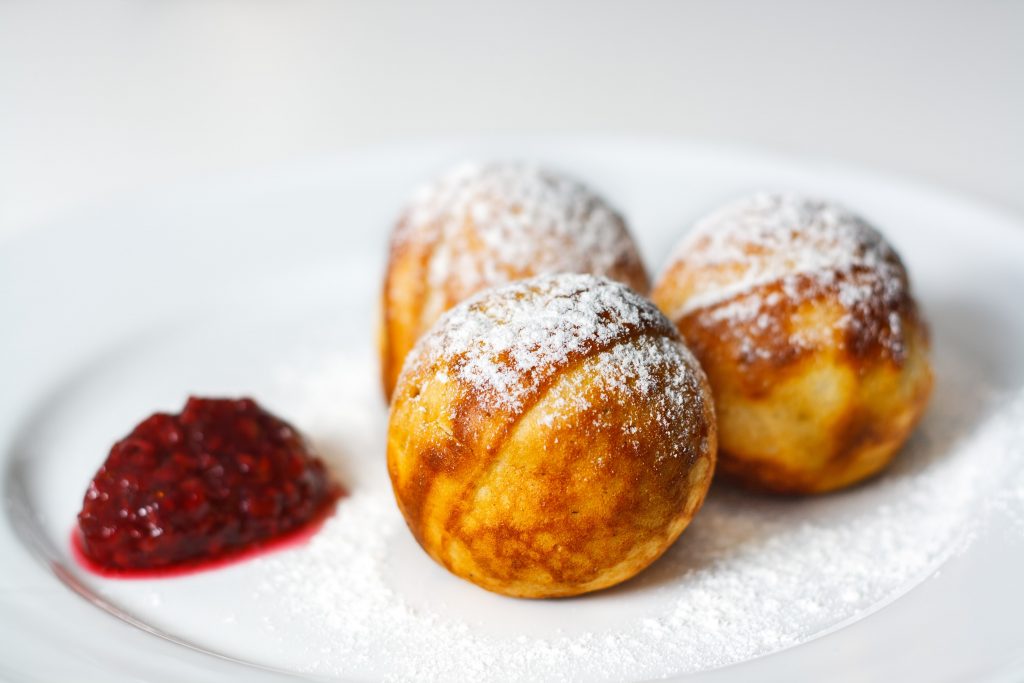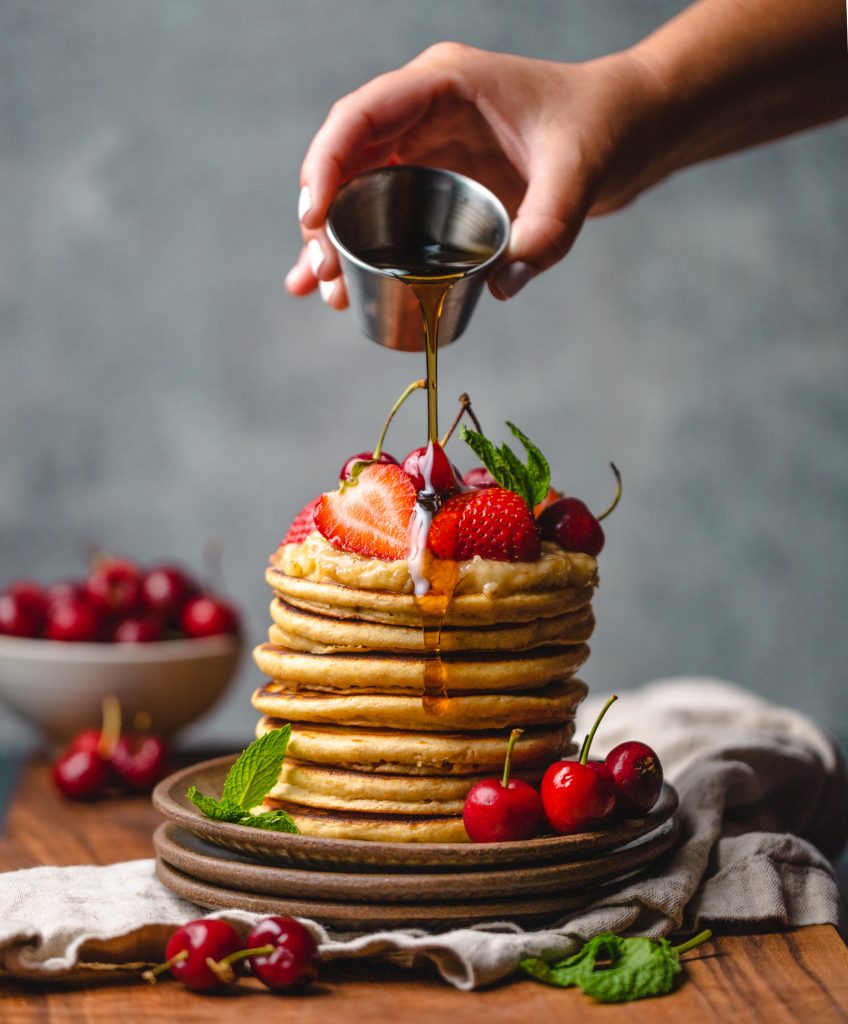
All of us from time to time make efforts to improve our health, and boosting our immunity is one of the best ways to do this and there are many dietary and lifestyle changes that can strengthen your body’s natural defences and help you fight harmful bacteria or microbes.
Even small lifestyle changes can help improve our immune systems. Below we have a range of things you can do to improve your body’s resistance. Changing even one thing will be of benefit.
1. Get Enough Sleep
Sleep and immunity are actually closely tied and getting enough rest may strengthen your natural immunity. This makes sense as we sleep more when sick to allow the immune system to better fight the illness.
If you are having trouble sleeping, the best thing to do is to follow the same routine every day as this will help your body become accustomed to sleeping at the same time. Also try to limit screen time (including TV, computer, phone, or tablet) for an hour before going to bed and sleep in a completely dark room or use a sleep mask.
2. Eat More Fibre
The recommended daily amount of fibre is 30 grams. This should be enough to help your helpful, healthy gut bacteria thrive. Good sources of healthy fibres include vegetables, fruits, oats, legumes, nuts, dark chocolate, avocados, chia seeds and many other foods.
Eating fibre not only helps our gut bacteria, but also produces a chemical called butyrate, which recent research has shown helps us fight harmful bacteria and boost our resistance up to 80%.
3. Cut Down on Sugar
Cutting your sugar intake can decrease the chance of inflammation in your body generally and, fairly obviously, aid in weight loss, reducing your risk of developing a chronic health condition.
It is a fact that excessive sugars in our diet contribute significantly to obesity, type two diabetes, and heart disease, any of which can weaken your immune system. Lessening the amount of sugar in your diet will help you avoid this.
4. Stay Hydrated
Preventing dehydration is important to our overall health. Dehydration can cause headaches and hinder our overall physical performance, focus, mood, digestion, and even heart and kidney function. Tea and juice are hydrating, but water is better and studies have shown that drinking water can help relieve headaches in those who experience these frequently. Drinking plenty of water also helps prevent and relieve constipation.
Keeping hydrated even helps our cognitive abilities as our memory, energy and ability to concentrate can suffer when we’re dehydrated. And according to recent research even our mental health may be reliant on adequate hydration levels. By drinking enough water, we can reduce the risk of depression and anxiety.
5. Manage your stress levels
Although this is easier said than done, it has been shown that lowering your stress levels can help keep your immune system functioning properly.
Activities that will help you manage your stress include meditation, exercise, yoga, and a general cultivation of mindfulness.
6. Exercise regularly
This may seem to be obvious, but most of us just don’t get enough regular physical activity. It’s one of the easiest ways to reduce the risk of chronic disease and to help improve your quality of life.
Not only does exercise make you physical fitter, boosting your immune system in the process, it also increases endorphins and other feel-good brain chemicals and reduces your levels of the stress hormone cortisol. This makes it a proven remedy for both depression and anxiety. Even a short workout or a brisk walk can make us feel so much better.
However, if the thought of a regular exercise is daunting, the secret is to start small. On your first time out go for a short walk, workout or bike ride for just 5-10 minutes and then add an extra minute on each subsequent day. This helps to form and then maintain a positive habit. As you continue you can set yourself more ambitious exercise goals.
Any and all of these lifestyle changes can help to strengthen your immune system. You don’t have to try to change everything at once. Start with one or two and you will soon see the benefits.
